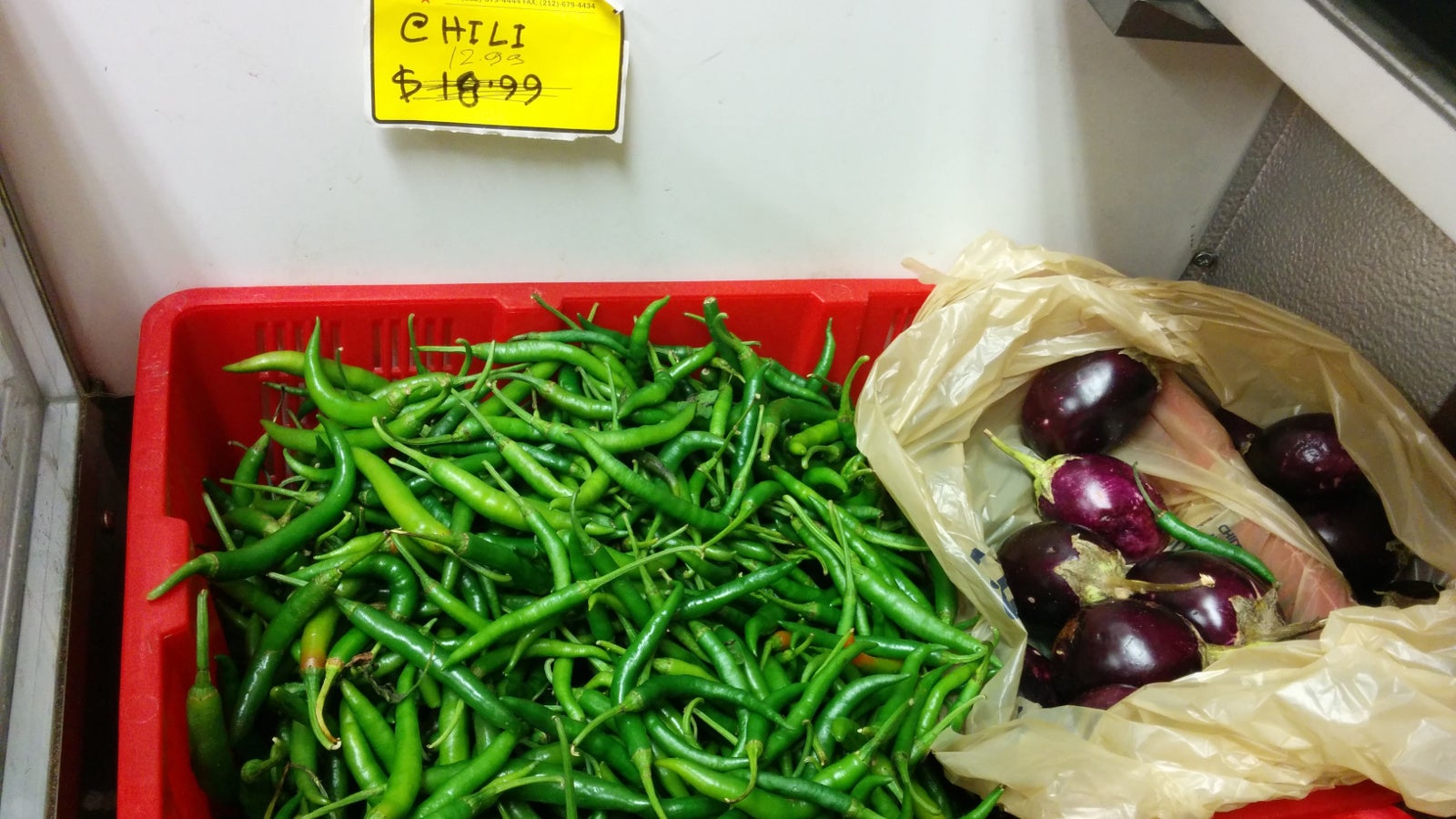America: Your spicy curry is threatened by a fruit fly and a trade ban
As he points out the dishes on the lunch buffet at his Manhattan Indian restaurant and mentally recounts their ingredients, Frederick Gomes has to surrender to the evidence once again. From chutneys to curry, dals to the ubiquitous “tikka masala,” almost everything on his menu requires a key element: a green pepper whose import from the Dominican Republic has been banned.


As he points out the dishes on the lunch buffet at his Manhattan Indian restaurant and mentally recounts their ingredients, Frederick Gomes has to surrender to the evidence once again. From chutneys to curry, dals to the ubiquitous “tikka masala,” almost everything on his menu requires a key element: a green pepper whose import from the Dominican Republic has been banned.
“Without it an Indian restaurant is nothing,” he said.
Last March, getting this key ingredient became a lot harder at Tamba, the restaurant Gomes manages in Lexington Avenue and 28th Street, on the strip in Manhattan nicknamed “Curry Hill.”
After an invasion of Mediterranean fruit flies in the Dominican Republic, a US federal ban suspended some fruit and vegetable imports from the island, including a small, spicy green pepper that Indian cuisine uses extensively in its recipes. The government describes this fly as “one of the world’s most destructive agricultural pests.” In 1989, it caused a billion dollars of losses in California.
The measure has caused a shortage and a dramatic increase in the prices of this small but essential ingredient. ”It used to be $2 per pound, and it reached $20,” said Mohammed Alam, who works at an Indian grocery at Lexington Avenue. The price has dropped somewhat since its peak, he said, to $14 or $15 in his store.
Some restaurateurs have substituted other chilies in their curries, to the dismay of regular customers. ”We have been adding jalapeños, but it is not exactly the same,” said Gomes, who these days is traveling to the South Asian neighborhood of Jackson Heights, Queens, for a better deal on the green pepper. “Jalapeños are spicy, but they don’t have flavor.”
Indeed, jalapeños are placed lower on the Scoville scale, which rates the heat of peppers: The Dominican chili has between 20,000 and 50,000 units of spice whereas jalapeños reach a maximum of 15,000, according to the New York Daily News.
Some customers have complained about the mildness of his dishes, Gomes said. But those who cook Indian food themselves have been more understanding.
“They know what’s happening and they don’t complain,” he said. “They have the same problem at home.”